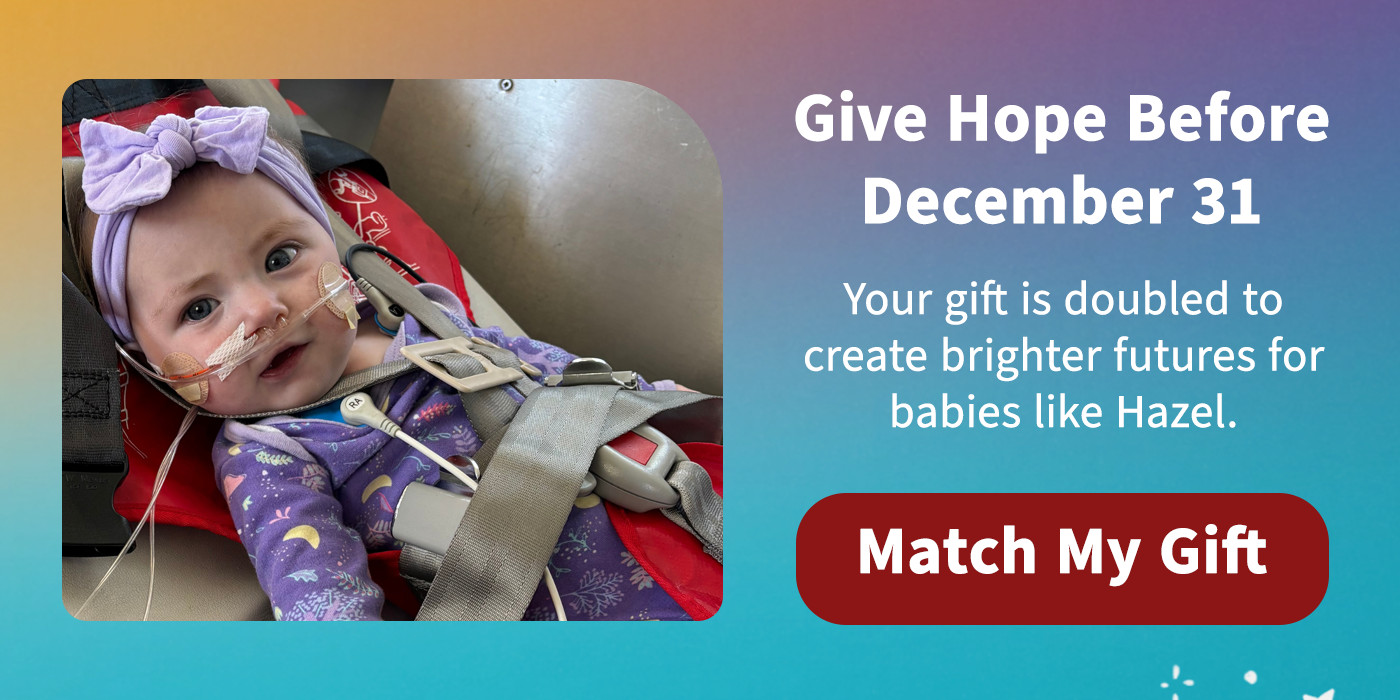What Dr. Justin Baker Wishes People Knew About Pediatric Palliative Care
When you hear the term “palliative care,” it may make you nervous—if you equate it with end-of-life care. But in fact, palliative care is much more than that.
We sat down with Justin Baker, MD, FAAP, FAAHPM, a recent arrival to Stanford Medicine, who leads the new Division of Quality of Life and Pediatric Palliative Care. From pioneering care to finding creative ways to bring comfort to young patients and their families, Baker’s dynamic approach promises to reshape pediatric palliative care. In our conversation, he dispels myths and provides a glimpse into a world of medicine that is much broader than people may realize—and is filled with understanding and hope.
Myth #1: Palliative care is only provided at the end of life.
Palliative care focuses on overall quality of life—making kids and families feel as comfortable and supported as possible when dealing with serious or long-term illnesses. Our team is here to help at any stage in their medical journey.
Myth #2: Palliative care is solely about easing physical pain.
Our team goes beyond managing pain and collaborates with care teams to support kids with any illness, whether it’s cancer, heart problems, or being born too early. We’re here to help with emotions, spirituality, and anything else that affects a child’s well-being. The services we provide include facilitating communication between families and health care providers, helping to plan for present and future choices in a child’s care, navigating uncertainty, providing emotional support for the patient and family members, and helping transition patients back home.
Myth #3: Palliative care only focuses on the patient.
It’s not just about the sick child—it’s about the whole family. We’re here for siblings, parents, and everyone involved in caring for the child. We make sure everyone gets the support they need because we know how important family is during tough times.
Myth #4: Palliative care is only provided in the hospital setting.
Palliative care can be provided anywhere a child is, including the hospital, clinic, hospice, and even at home.
Myth #5: Palliative care is a last resort when treatments fail.
Palliative care is an extra layer of support that works alongside other treatments. We’re here to improve quality of life, manage symptoms, and provide comfort throughout their journey.
Why Is the Koala Bear Baker’s Favorite Animal?

Baker is dedicated to maximizing Quality of Life for All, a concept he pioneered and abbreviated as QoLA, pronounced “Koala.” Much like how a koala bear gently wraps its arms around a tree, palliative care embraces children and their families, providing support, comfort, and companionship during challenging times.
The gentle and caring nature associated with koalas resonates with Baker. He takes a compassionate approach to palliative care, with the aim to reduce suffering and enhance the overall well-being and quality of life of children facing life-limiting illnesses. Philanthropy ensures that no child faces their journey alone.
To learn more about how to support palliative care, contact Melisa.Addison@LPFCH.org.
This article originally appeared in the Spring 2024 issue of Packard Children’s News.





